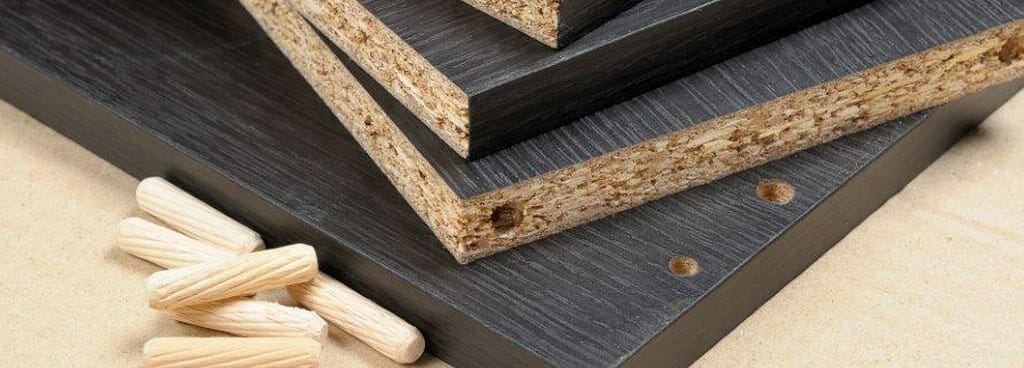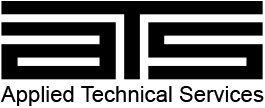- Home
- Services/IndustriesServicesindustries
- About Us
- LocationsStatesAccordion ContentAccordion ContentAccordion ContentAccordion Content
- Job Openings
- Quick Links
- ATS Family

Formaldehyde Testing
Applied Technical Services performs formaldehyde testing to help clients remain compliant with government regulations and industry standards on consumer safety.
Formaldehyde: Uses and Dangers
Formaldehyde is a chemical used in processed woods (particleboard, medium density fiberboard, etc.), glues and fabrics just to name a few. Characteristics of formaldehyde include: colorless, highly flammable, and a strong odor. Formaldehyde is used in products for a variety of reasons: fabrics for permanent-press and in processed woods to help the wood layers/pieces adhere together.
Formaldehyde is considered a volatile organic compound (VOC), which means products containing formaldehyde may emit it and release formaldehyde into the environment. This off-gassing can potentially be a health hazard, which leads to the heightened concern regarding the safe use of formaldehyde in products. The automotive industry is particularly interested in curbing formaldehyde emissions in interior automotive components.
The California Air Resources Board (CARB) specifies emission limits based on the type of manufactured/engineered wood and the Environmental Product Agency (EPA) is still in a state of review with plans to formulate regulations impacting the use of formaldehyde in a variety of products.
Popular Formaldehyde Testing Standards
- AATCC Test Method 112-2008 Formaldehyde Release from Fabric, Determination of: Sealed Jar Method
- ASTM D5582-00 Standard Test Method for Determining Formaldehyde Levels from Wood Products Using a Desiccator
- EN ISO 14184-1:1999-02 Determination of Formaldehyde - Part 1: Free and hydrolyzed formaldehyde (water extraction method) (ISO 14184-1:1998)

Request Form
"*" indicates required fields
Chemical Analysis
- Ash Testing
- Azo Dyes
- Azo Dye Testing
- Benzene Analysis
- Biocompatibility Testing for Medical Devices ISO 10993
- Chemical Composition Testing Lab
- Cleanliness Testing Lab
- Contamination Test
- Combustion Analysis
- CPSIA Testing Lab
- DSC Analysis
- DSC Analysis of Polymers
- DSC Polymer Characterization Analysis
- DSC Testing
- Ethylene Oxide GC MS Analysis
- EPA Method 24 Testing
- Extractables Leachables Testing
- Extractables Testing
- Flame Retardant Chemicals
- Formaldehyde Testing
- FTIR Analysis
- FTIR Chemical Analysis
- FT-IR Material Analysis
- FTIR Surface Analysis
- FTIR Testing
- Gas Chromatography Mass Spectrometer Analysis
- GCMS Analysis and Testing
- GCMS Oil Analysis
- Halide Anion Testing
- HPLC Analysis Services
- ICP-AES Analysis
- ICP-OES Testing
- ION Chromatography Testing
- ISO 10993 Testing
- ISO 10993 Testing Lab
- Karl Fischer Testing
- Leachable Testing
- LECO Testing
- Melting Point Analysis
- Methane Analysis Gas Chromatography
- Methanol Contamination Testing
- OES Materials Testing
- Optical Emission Spectroscopy
- PAH Testing
- Particle Size Distribution Analysis
- Particle Size Distribution Analysis Laboratory
- Particle Size Distribution Testing
- PFOA Testing
- PFOS/PFOA Testing
- Plastic Impact Testing
- Plastic Pipe Testing
- Polymer Characterization Lab
- Polymer Material Testing
- Polymer Testing and Analysis
- Powder Characterization
- Product Formulation
- Pyrolysis Gas Chromatography Mass Spectrometry
- Solvent Testing Lab
- TGA Analysis
- TGA DSC Analysis Lab
- TGA Moisture Analysis
- TGA Polymer Testing
- Thermal Analysis Services
- UV VIS Testing
- VDA 19.1 Cleanliness Testing Lab
- Ventilator Component Cleanliness Testing
